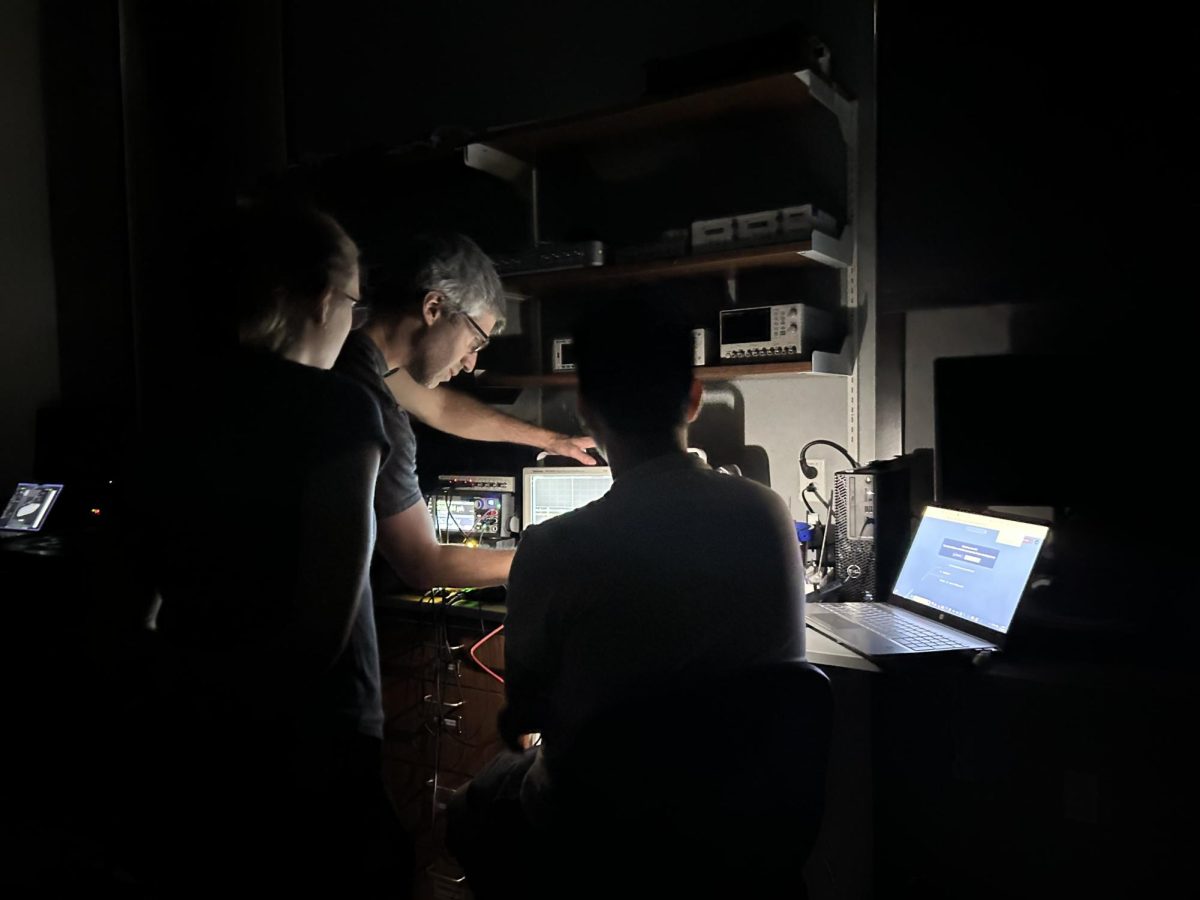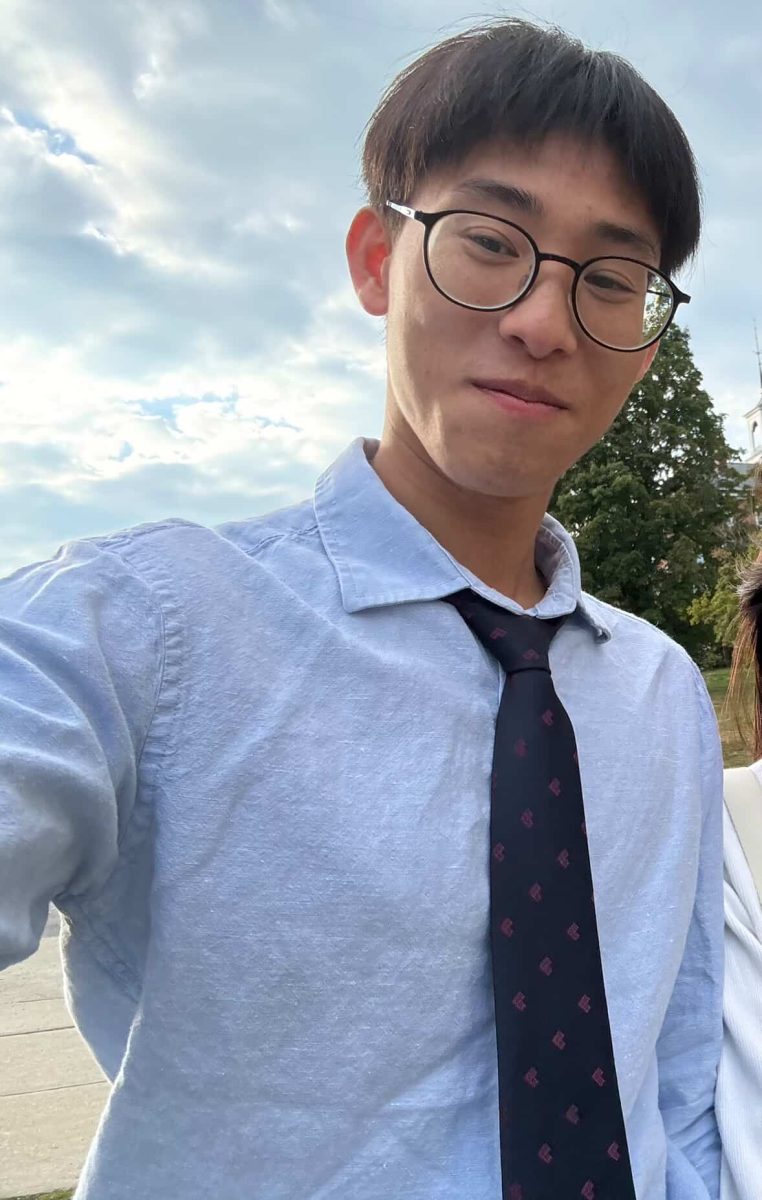Although often thought of as the purview of scientists exclusively, epidemics are central to the work of several professors of literature at the College, who study how widespread disease is written about and understood in popular culture.
Man He, assistant professor of Chinese, has studied the complex representations of disease in literature, specifically in China. She is currently preparing to teach her “Illness in Modern and Contemporary Chinese Literature and Culture” course next fall for the first time since 2016. In the class, she leads students through centuries of literary representations of diseases. The theme of widespread illness is common in Chinese literature, she explained, and allows students insight into almost every aspect of the country’s culture, history and socio-political identity.
In next fall’s course, she will incorporate new material from the COVID-19 pandemic into the syllabus, allowing students to reflect on their own experiences during this period and to personally relate to the literature they are studying. “We are not only reading this on campus or in our community [now], we are reading this in our reality.”
Namely, she hopes to include Wuhan Diary: Dispatches from a Quarantined City, acclaimed writer Fang Fang’s account of living in the epicenter of the coronavirus that will be published in an English translation later this year.
There is no doubt that our current state is unique in many ways, but He has found some solace in the parallels between the pandemic of 2020 and literature chronicling the spread of disease in China almost a century ago.
“Re-reading these materials, I felt, in one way, a loss at why this is happening again,” she said. “But on the other hand, I feel it calmed me down a little bit. Reading of those collective experiences that already did happen to some extent in our history will give us, in some way, a reference to understand what’s happening now.”
The widespread uncertainty that exists currently, she said, is found in many accounts from past epidemics. “We’ve repeated exactly the same thing now,” He said. “How do we name it? Do we call it the Wuhan Virus? Do we call it COVID-19? … Those are the things that keep recurring. We can see it happening whenever a new virus comes to a community. People must go on this trajectory to first understand it, then name it and then know how it behaves.”
He’s study of Chinese literature has also shown her that much of the hate-filled rhetoric currently being employed against Asian populations by America at large is more deeply rooted than many care to admit.
“When you read those things, you see the discrimination, the distrust, the fear, the panic,” she said. “Those things, they’ve happened before in the early 20th century. The racial tension caused by illness was written about in a very profound way in Chinese literature.”
Professor of English Anjuli Raza Kolb, who studies the use of disease as a metaphor in colonialist and imperialist literature, noted the underlying social tensions that arise when populations consider images of contagion or epidemics. For instance, she has encountered many examples of images of contagion that are mapped onto Muslim fanaticism. This has a long history, she explained, and it continues to the present-day.
“Fast forward a hundred and fifty years, and we get Trump likening Muslims and asylum seekers to a ‘disease,’” she said.
When a pandemic like COVID-19 hits, Raza Kolb said, these images of contagion in our popular imagination become intertwined with the specifics of each individual disease and its historical moment. “When the coronavirus struck, it awakened two hundred years of racist discourse,” she said.
The imagery of epidemics is common throughout literature that grapples with class disparities, power imbalances and colonial processes, according to Raza Kolb. “I would say that in the history of Western literature and the South Asian literary traditions I know best, there are as many ways of representing disease and viruses as there are ways of representing love,” she said.
These representations take many forms in literature spanning centuries and continents, Raza Kolb noted. Novels like Dracula employ sensationalist, monster-centric approaches. Others are more anthropological. More contemporary writers, such as Octavia Butler and Junot Diaz, have used plague imagery to describe the world as experienced by marginalized groups, she added.
In her soon-to-be-released book Epidemic Empire, Raza Kolb traces how acts of violence come to be seen as “epidemics” of sorts. While researching for it, Raza Kolb discovered that the Indian Mutiny of 1857 occurred simultaneously with cholera outbreaks in the British empire. “This allowed a lot of British historians and novelists to collapse what they saw as twin disasters: actual contagion and the ‘contagion of rebellion,’” she said.
Jim Shepard, professor of English, teaches a course titled “Catastrophe/Apocalypse: The Movie,” which was last offered in 2018. In the course and in his own work on the evolution of film, Shepard explores how catastrophic events are represented on screen and why they are such rich fodder for filmmakers through the years.
“Even before COVID-19, the general and increasing apprehension has been that our physical world and political situations are evolving in such a way that a worldview that sees disaster around every corner is no longer considered a wild-eyed fringe position but instead a sober understanding of the facts,” he explained. “Pick a category on land, sea, or air and try to think of an arena in which our planet doesn’t seem to be accelerating towards some pretty awful options…. So, in the film and television industry for the last couple of decades, the subject has gone from a very minor subgenre to perhaps the most prolific genre operating today.”
One film that Shepard teaches in the course is the 1936 musical-drama disaster, San Francisco, in which two young men vie for the affection of a beautiful singer in the midst of the 1906 San Francisco earthquake and the subsequent fire. A very different film called The Act of Killing is also included on Shepard’s syllabus. The Act of Killing is a 2012 documentary chronicling the mass executions of almost 1,000,000 accused communists in Indonesia in 1965-66. Criticism on the genre and its history, from thinkers such as Sigmund Freud, supplements the course’s central films.
Shepard, a self-professed “apocalyptic,” admitted that he has always been drawn to literature and media that deals with disasters and other catastrophic events. “There’s always been a psychic fruitfulness involved in examining the nature of our nightmares,” he said.
He does not, however, see these texts as hopeless or turn to them in despair. In fact, Shepard emphasized that the opposite is true for many fans of apocalyptic plots. “Cataclysm enables a narrative to put maximum pressure on human choices, and so to remind us that what we choose does matter, even when we imagine ourselves to be relatively powerless,” he said. “And therefore to perhaps develop our capacity for solidarity, and thereby maybe even provide more support for the resiliency of hope.”








